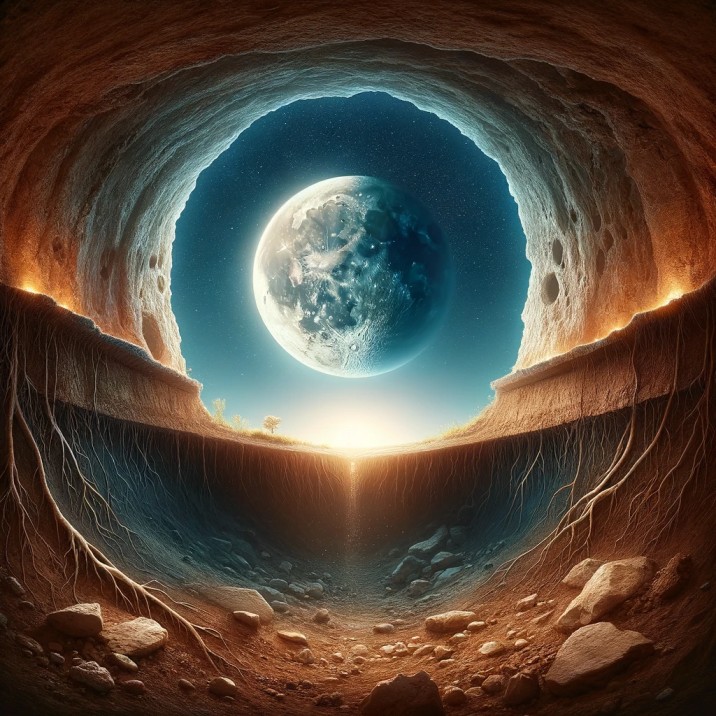What is the area of the Moon? The Moon, Earth’s only natural satellite, has captivated human imagination for centuries. One of its most striking features is its surface area, which measures approximately 37.9 million square kilometers (or about 14.6 million square miles). This vast expanse is riddled with craters, mountains, and ancient lava plains, offering a glimpse into the Moon’s dynamic history.

The Moon’s Surface
The Moon’s surface is roughly equivalent to the size of Africa and Europe combined, providing a landscape that has been a subject of scientific inquiry and exploration. The surface is covered in a fine, powdery dust and is marked by a variety of geological features.
Formation and Geological Features
The Moon is believed to have formed about 4.5 billion years ago, likely as a result of a massive impact between Earth and a Mars-sized body. This tumultuous origin set the stage for the Moon’s complex topography, including its highlands, maria (or seas), and the vast array of craters that dot its surface.
Lunar Highlands and Maria
The lighter areas of the Moon, known as the lunar highlands, are mountainous and heavily cratered. They are composed primarily of anorthosite, a type of rock formed from the lunar magma ocean. The darker plains, called maria, are basaltic plains formed from ancient volcanic eruptions. These maria give the Moon its characteristic “man in the moon” appearance.
Craters: Windows into the Past
The Moon’s craters range from tiny pits to enormous basins hundreds of kilometers across. They are the result of meteoroid impacts and provide valuable information about the history of the solar system. The most famous of these is the Tycho crater, known for its bright ray system.
Human Exploration
The Moon has been the focus of human exploration for decades. The Apollo missions of the 1960s and 1970s brought humans to the Moon for the first time, marking a significant milestone in space exploration. These missions returned a wealth of data about the Moon’s geology and environment.
Scientific Importance
Studying the Moon’s surface helps scientists understand the early history of the solar system and the processes that shaped planetary bodies. The Moon also serves as a testbed for technologies needed for future space exploration missions, potentially to Mars and beyond.
The Moon, with its expansive and varied terrain, continues to be an object of wonder and scientific inquiry. Its surface, covering 37.9 million square kilometers, holds the key to understanding not just our own celestial neighbor but also the broader mysteries of the cosmos. As technology advances, our ability to explore and learn from the Moon will only deepen, shedding light on the complexities of the universe we inhabit.

